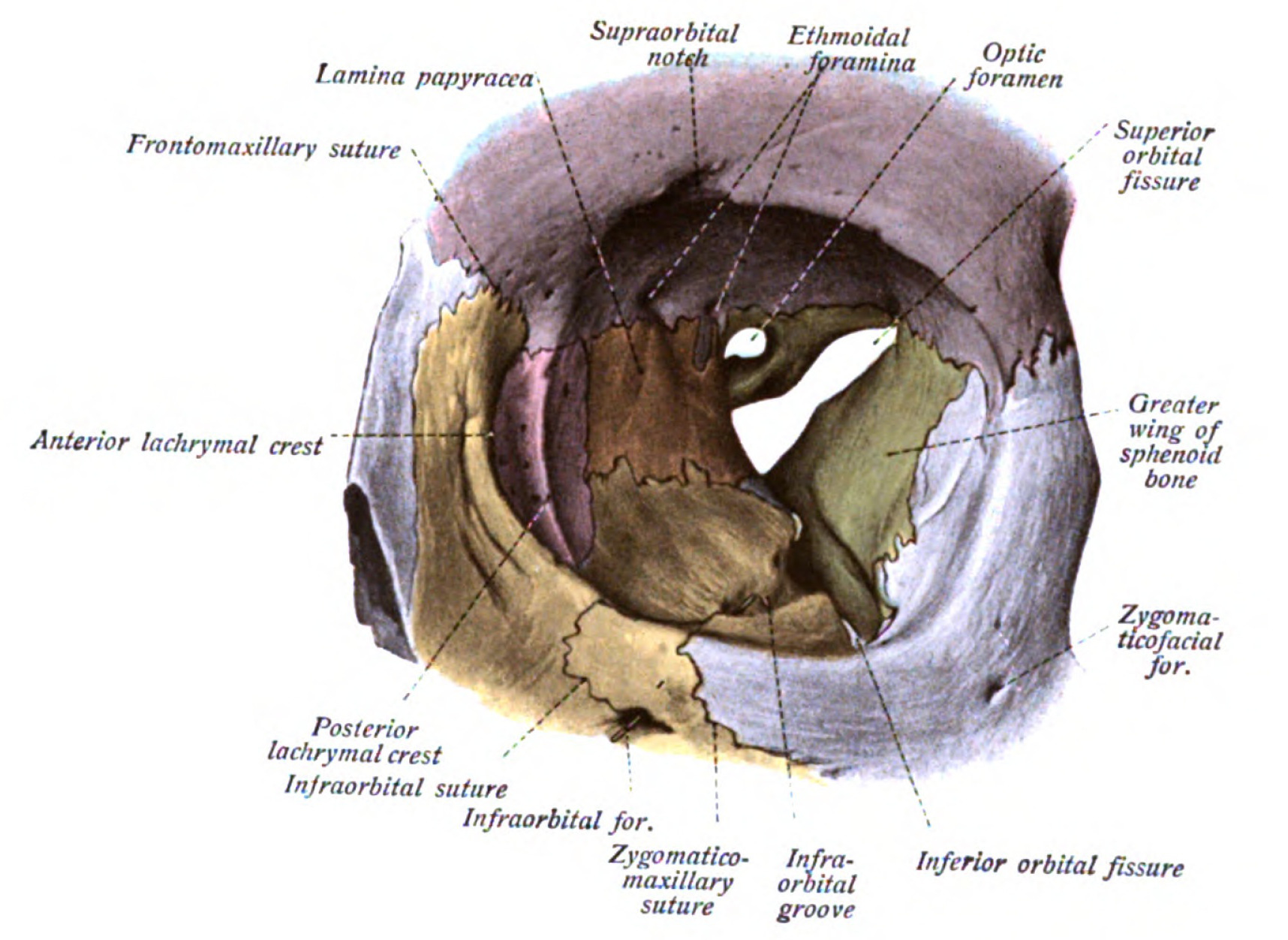Playlist
Show Playlist
Hide Playlist
Orbital Connective Tissue and Fat
-
Slides Anatomy Eye.pdf
-
Download Lecture Overview
00:01 The orbital septum is a thin membrane a sheath that is attached to the rim of the orbit in blends inferiorly into the tarsal plates of the eyelid and into the levator palpebrae superioris muscle. 00:15 Furthermore, this septum is pierced by various muscular and neurovascular structures exiting the orbit. 00:24 This structure is also relevant clinically, because it serves as a point of demarcation for pre and post septal cellulitis in the field of Ophthalmology. 00:35 Now the fascial sheath of the eyeball, also called the tenon capsule is quite an extensive structure. 00:43 It is a enveloping membrane, which encapsulates the eye from the entrance of the optic nerve posteriorly to the cornea scleral junction anteriorly by loosely attaching to the sclera. 00:56 This capsule is perforated posteriorly by the optic nerve in by ciliary nerves in vessels, but more importantly, it is perforated by the tendons of the extra ocular muscles on their way to insert on the sclera. 01:12 At the sight of these perforations the capsule itself reflects onto these tendons forming an enveloping sheath, almost like a pair of --. 01:22 The sheaves are quite important as they anchor the extra ocular muscles to the surrounding walls and also limit their range of motion and thus sometimes are called check ligaments, which are particularly evident for the tendons of the medial and lateral rectus muscles. 01:39 Also, sheaves of the inferior oblique and rectus muscles are fused together and form a supportive band or a suspensory ligament underneath the eyeball and furthermore, many smaller radiations of this sheath extend to attach to the walls of the orbit to form compartments that are filled with orbital fat that occupies the spaces between the various structures of the orbit in order to provide stability.
About the Lecture
The lecture Orbital Connective Tissue and Fat by Craig Canby, PhD is from the course Head and Neck Anatomy with Dr. Canby.
Included Quiz Questions
Which nerve perforates the Tenon capsule posteriorly?
- Optic nerve
- Abducens nerve
- Oculomotor nerve
- Trochlear nerve
- Trigeminal nerve
Customer reviews
5,0 of 5 stars
| 5 Stars |
|
5 |
| 4 Stars |
|
0 |
| 3 Stars |
|
0 |
| 2 Stars |
|
0 |
| 1 Star |
|
0 |




